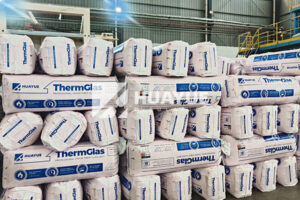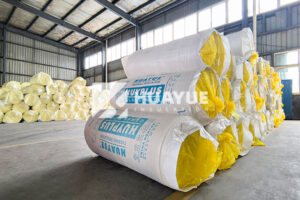Types of Batt Insulation: Which One Meets Every Building Need?
Many buildings lose energy because people use the wrong insulation. Picking the best batt insulation can make homes and factories safer, more comfortable, and cheaper to operate.
The three types of batt insulation are glass wool, rock wool, and foam glass. Each type is made for different needs—thermal, safety, and moisture protection. Glass wool batts are the most common and cost-effective.
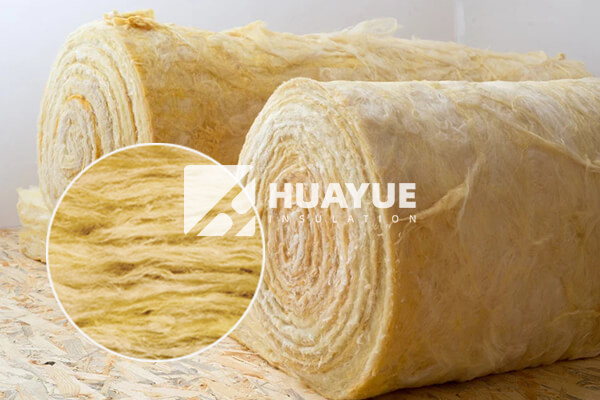
Finding the right batt insulation can be confusing. I have worked with many brands and materials in different projects. Each insulation type solves a different problem—heat loss, moisture, or corrosion. Knowing how they work makes every choice easier.
What are three types of batt insulation?
Insulation is crucial for all buildings, but picking the right type is important. Most people think all batts are the same, but each material acts differently over time.
The three types of batt insulation are glass wool, rock wool, and foam glass. Glass wool is the most used and is suitable for most walls and ceilings. Rock wool is good for fire protection. Foam glass is best where water resistance and zero absorption matter.
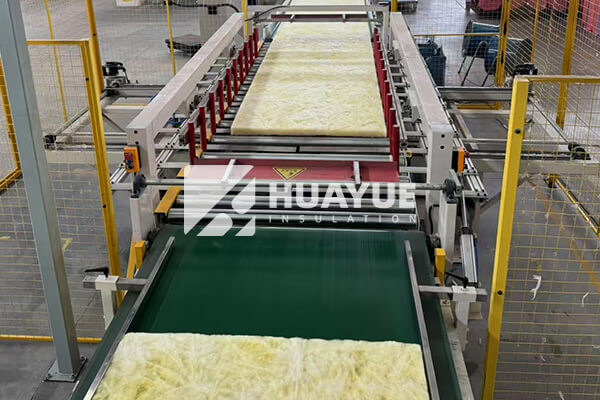
Glass Wool Batt
Glass wool is made from melted glass spun into thin fibers. It traps air, reducing heat transfer. It is light and easy to cut. It resists fire and absorbs noise. It works well in wall cavities, attics, ceilings, and industrial tanks. Its low cost lets people use it widely. In my experience, glass wool also meets most building codes. It is available with different thermal ratings (R-values) to match climate zones. Its fibers are soft but can irritate skin if not handled with gloves.
Rock Wool Batt
Rock wool comes from spinning natural rock and minerals into fibers. It is denser than glass wool. It does not melt or burn. That makes it ideal for fire-prone areas. It resists high temperatures and stops spreading flames. It also blocks sound. Rock wool is heavier, so it is best for floors, party walls, and industrial tanks. With its mineral base, rock wool shrugs off moisture, reducing mold risk. It feels rougher than glass wool, and its weight may need extra support in weaker wall frames.
Foam Glass Batt
Foam glass insulation uses crushed glass turned into a rigid, closed-cell form. It will not absorb water or vapor. That makes it great for tanks, pipes, and places where water is a risk. Foam glass resists corrosion and stops pests. Contractors use it for cold storage, chemical plants, and cryogenic tanks. I have seen foam glass survive decades in wet, rough environments. Its strength adds to its cost, but it is chosen where long-term durability is the priority.
| Type | Thermal R-Value | Fire Resistance | Water Resistance | Typical Use |
|---|---|---|---|---|
| Glass Wool | Medium-High | Good | Moderate | Homes, factories |
| Rock Wool | High | Excellent | Good | Fire-rated areas |
| Foam Glass | Medium | Excellent | Perfect | Tanks, pipes |
What is the best batt insulation?
People always ask for the "best" insulation. But the answer depends on the building’s needs, budget, and code requirements.
Glass wool is the best general-purpose batt insulation because of its cost, easy installation, and solid thermal performance. For fire safety, rock wool stands out. For moisture-proof insulation in tanks and extreme settings, foam glass is best.
Batt insulation is not one-size-fits-all. I learned that local climate, wall design, and even budget can change the right choice. Glass wool keeps most homes warm and quiet, while rock wool is needed in fire-risk areas like boiler rooms. Foam glass is too expensive for every wall but often pays off for tanks or cold storage. Picking the best batt means knowing what matters most—thermal, fire, moisture, or long-term reliability.
| Best For | Glass Wool | Rock Wool | Foam Glass |
|---|---|---|---|
| Home Walls | Yes | Limited | Rare |
| Fire Barriers | Possible | Yes | Yes |
| Moisture Areas | Possible | Possible | Yes |
| Tanks/Pipes | Rare | Rare | Yes |
What insulation for 2×6 walls?
People want better thermal performance from 2×6 walls than from thinner studs. The choice of insulation affects comfort and energy bills for decades.
For 2×6 walls, use batt insulation with a higher R-value, such as R-19 to R-21. Glass wool is most popular and fits standard cavities. Rock wool can also be used where fire protection is needed.
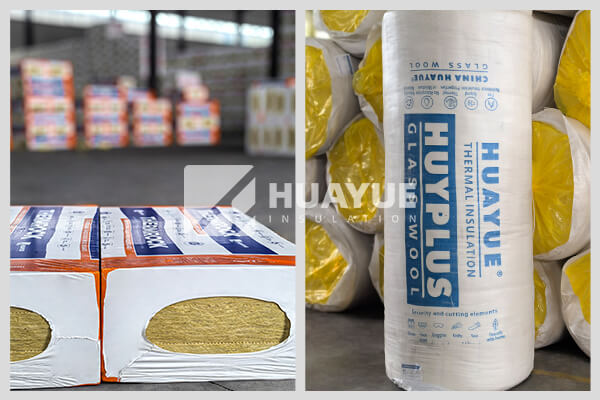
Tall wall cavities in 2×6 frames let me use thicker batts. I always check the product label to match the right R-value. In cold climates, upgrading from R-15 to R-21 can cut heating costs sharply. Glass wool batts are designed to fit snugly into standard wall bays, with pre-cut lengths and widths. Rock wool also comes sized for most studs. Some builders use double layers of batts for even more insulation. I explain to clients that thicker batts mean more warmth but require careful installation to avoid gaps. Foam glass is not common in framed walls but is used if the design calls for extra moisture or vapor barriers.
| Wall Thickness | Recommended Type | R-Value | Special Benefit |
|---|---|---|---|
| 2×4 standard | Glass/Rock wool | R-13 to R-15 | Basic insulation |
| 2×6 upgrade | Glass/Rock wool | R-19 to R-21 | More comfort, savings |
| Tanks | Foam glass | R-4 to R-6 | Total moisture stop |
What’s the difference between faced and unfaced batt insulation?
Homeowners see two kinds of batts—faced and unfaced—on store shelves. Confusion about their use can lead to mistakes in energy savings and moisture control.
Faced batt insulation has a vapor barrier, usually Kraft paper or foil. Unfaced batts do not. Faced batts are used against conditioned spaces for moisture control. Unfaced batts are used for layering or where no vapor barrier is needed.
In my first renovation, I learned that using the wrong facing can trap moisture inside walls or ceilings. Faced batts put the vapor barrier on the warm side—in most climates, that’s inside. They stop humidity from getting into insulation where it can cause mold. Unfaced batts are used when you do not want a barrier, such as inside double-stuffed walls, or in places where vapor can escape safely. Always check local codes. Installation must keep the barrier flat and unbroken. I recommend faced batts for new builds and unfaced for upgrades or soundproofing.
| Type | Vapor Barrier | Where Used | Special Notes |
|---|---|---|---|
| Faced | Yes | Exterior walls, attics | Prevents moisture |
| Unfaced | No | Interior layers, sound | Used for layering |
Conclusion
Choosing batt insulation starts with knowing your material options, wall type, and local needs for warmth, fire, and moisture protection.
You may also be interested in:
Ready to Get Started?
Get in touch with our experts for personalized solutions tailored to your needs.
Get Free QuoteLatest Articles

Glass Wool Fire Rating: How Safe Is Your Insulation?
Dec 25, 2025
Let's Work Together
Ready to take your business to the next level? Get in touch with our team of experts and let's discuss how we can help you achieve your goals.
Get Free Solutions
